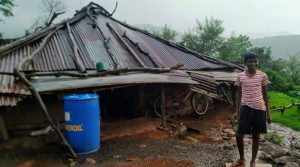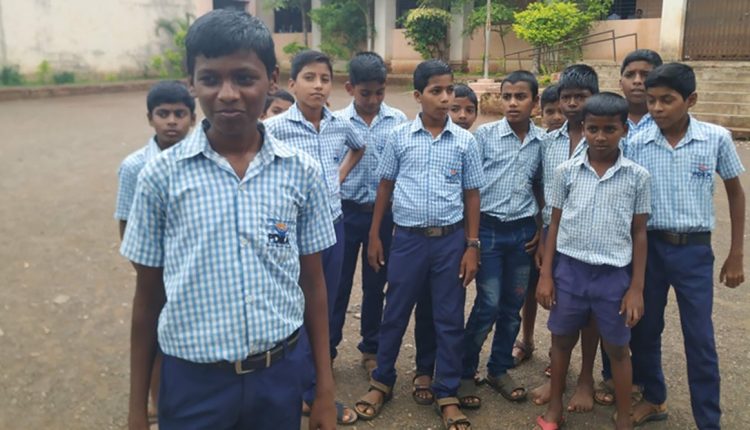Pune: Ananta Doiphode (16) had to walk 22 kilometers to-and-fro daily to access education in Panshet, a remote hilly area in Maharashtra’s Pune district. This paid him rich dividends as he scored an impressive 82.80 per cent in Class X examinations of the Maharashtra State Board, on July 30.
Like others, Ananta too found the route exhaustive. But he tried not to let the fatigue affect his studies. “I used to wake up at 4 am and study till 6. Then sleep for an hour before waking up and leaving on foot to the school,” Ananta was quoted as saying by The Indian Express about his struggle. “After returning from school, I studied late night every day as I knew it was an important year for me,” he said.
According to report, Ananta is the eldest among three siblings who reside with their mother in an old, tiny mud-house, in Varghad village of Velha tehsil, which is barely 60 kilometres from Pune city. His father works as a waiter in a canteen. The house is dark even during the day with no fan either.
Ananta, however, unsatisfied with his performance, has already made plans for his long-term goal. “I will go to Pune city for junior college. I want to prepare for UPSC to become a civil servant,” he said. “I was hoping to score 90 per cent. I may have achieved that had I stayed at the hostel near my school. But we didn’t have money. Walking four hours a day tired me out,” he rued.
At Shri Shivaji Vir Baji Pasalkar High School in Panshet, where Ananta is a student, there are many like him who walk several kilometres to school in the absence of transport facility. “We have students who walk 10 to 22 km every day. These are very poor people who can’t even afford the concession passes. There are many villages which have no bus connection,” said Asha Kutwal, a teacher at the school.

Ananta was one of the three students from the village who used to walk to the school every day. Children can study until Class VII at a Zilla Parishad-run primary school located within the village. The closest school, where Class VIII to X education is available, is in Panshet, which is 11 km away. Ananta studied at this school.
“The bus service is not reliable. In the morning, the bus reaches Panshet very early and in the evening there’s no fixed time as it may arrive at 6 pm or 10 pm. Hence, students and others often choose to walk than to wait for the bus,” said Ananta’s mother.
The students said that a lot of them can’t afford the monthly fee for the bus pass. “The bus pass for boys is expensive about Rs 660 per month. For girls, it is just Rs 30. Also, we need to go to Swargate (in Pune city) to make the pass, making it inconvenient and more expensive,” said Avishkar Pasalkar, Ananta’s classmate.
The Swargate Depot Manager of Maharashtra State Road Transport Corporation (MSRTC) attributed limited bus service in the village to “lack of demand”, according to the report.
Reportedly, the number of students enrolled per school has gone down drastically in the recent years. As per data obtained from Pune Zilla Parishad’s Primary Education Department, as many as 60 primary schools run by ZP have been closed down in the district due to lack of students.
Of the 3652 primary schools that were operational in the district in the academic year 2018-19, as many as 379 schools, mostly in the hilly talukas had less than 10 students and are run now by a single teacher, informed an official with Pune ZP’s education department.
Ananta’s teachers remain hopeful about his future and fondly remember him as the “brightest” student in the class who performed exceedingly well despite the hardships and hurdles.


Comments are closed.